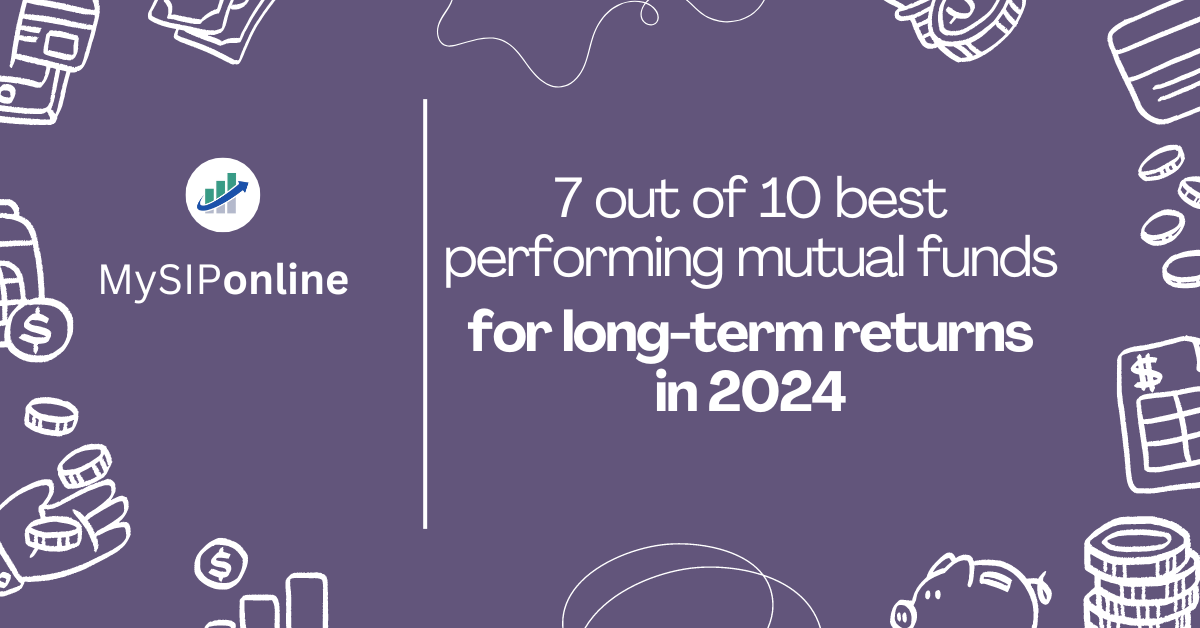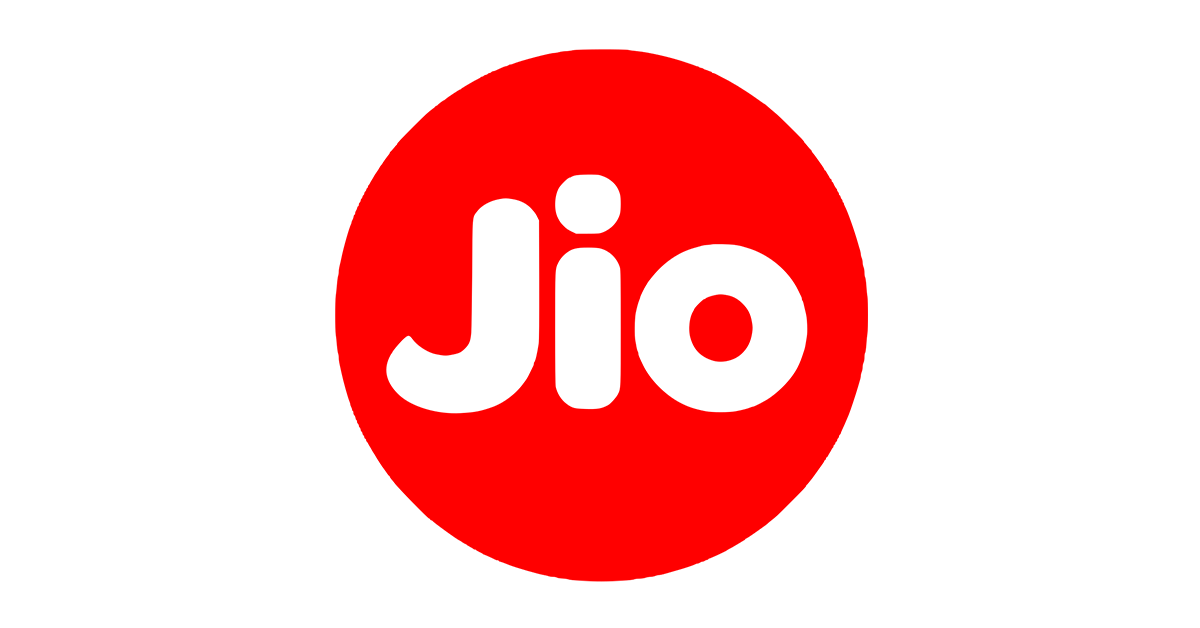Introduction
In today’s era, you may wonder which is the easiest and quickest way to save money. Well, your prayers have been answered! Mutual Funds have opened new gates to save money by investing it in various financial securities.
This blog will help you to take a closer peek into the Mutual Fund industry. Let us begin the analysis covering basics which will work as the stepping stone in your investment journey—furthermore, exploring the various fund schemes that generate good returns and understanding the modes of investments.
Let us take a quick recap to understand its meaning. In earlier times, when people were used to storing money in the barrels of rice, similarly that barrel has come with a new name that is Mutual Funds. By ditching the traditional methods these funds earn you great returns and offer financial security. These funds are looked after by professionally experienced managers for efficient results.
Now that I have your attention let us study the importance of key components of investing.
How do you know which mutual fund is best to invest in?
Selecting a fund is like visiting an ice cream shop, there are so many flavours you might get confused. Fear not, listed below are some factors that will make the process easier.
Choose your goals wisely
It’s important to ensure that the investment you’re considering matches up with your current financial goals and helps you achieve your desired objectives.
Focus on the past performance of a fund
Understanding how the fund has performed in the past gives us valuable insights into the investment strategies used by the fund manager.
Risk analysis
It helps us evaluate how much risk is connected with investing in a particular fund. This way, your selected funds align with your goals and risk preferences.
Rolling returns
These returns are evaluated based on how the fund has performed during different times. it provides an evolving point of view for the investors.
Fund management
The managerial skills and expertise are reflected in the performance of a fund. It is important to make sure to choose wisely as it impacts your portfolio.
7 Top Mutual Fund Schemes
ICICI Prudential Blue-chip Fund
Investment objective
This fund scheme aims to invest in 20 large-cap businesses from the top 200 NSE equities ranked by market capitalisation. If the fund’s total assets exceed Rs.1000 crore, the portfolio will include more than the top 20 major companies.
Fund house name: ICICI Prudential Mutual Fund
Category: Equity: Large Cap
CAGR: 15.31%
Benchmark: NIFTY 100 TRI
HDFC Mid Cap Opportunities Fund
Investment objective
This fund’s goal is to achieve long-term capital appreciation through a portfolio that is primarily comprised of equities and equity-related instruments of mid and small-cap companies.
Fund house name: HDFC Mutual Fund
Category: Equity: Mid Cap
CAGR: 18.02%
Benchmark: NIFTY Midcap 150 TRI
Quant Small Cap Fund
Investment objective
This scheme aims to create current income and capital appreciation by investing in a well-diversified portfolio of fixed-income assets with moderate risk. There may be an exposure to equity and financial instruments.
Fund house name: Quant Mutual Fund
Category: Equity: Small Cap
CAGR: 13.39%
Benchmark: NIFTY SMALLCAP 250 TRI
Parag Parikh Flexi Cap Fund
Investment objective
This fund seeks long-term financial appreciation by investing largely in equity and equity-related products.
Fund house name: PPFAS Mutual Fund
Category: Equity: Flexi Cap
CAGR: 19.75%
Benchmark: NIFTY 500 TRI
Nippon India Multi Cap Fund
Investment objective
This scheme seeks to invest in stocks in sectors and industries where India’s strong inherent potential is becoming more visible to the world, which are driving our economy and whose fundamental future growth is influenced by ongoing economic reforms, FDI inflows, and infrastructure changes.
Fund house name: Nippon India Mutual Fund
Category: Equity: Multi Cap
CAGR: 18.33%
Benchmark: Nifty 500 Multi Cap 50:25:25 TRI
ICICI Prudential Multi Asset Allocation Fund
Investment objective
This scheme’s primary goal is to invest in stocks while also considering fixed-income securities such as money market instruments for defensive purposes to generate capital appreciation. The actual percentage of investments will be determined after analysing current market and economic conditions.
Fund house name: ICICI Prudential Mutual Fund
Category: Hybrid: Multi Asset Allocation
CAGR: 21.37%
Benchmark: London Gold, Nifty 200 TRI, Nifty Composite Debt TRI
HDFC Balanced Advantage Fund
Investment objective
This scheme seeks to generate long-term capital appreciation by investing 80-100% of its assets in equities and equity-related products. Debt and money market instruments would account for approximately 20% of the corpus. Relatively high exposure to sectors and companies that are doing well or are projected to do well, but avoiding major seasonal exposure.
Fund house name: HDFC Mutual Fund
Category: Hybrid: Dynamic Asset Allocation
CAGR: 18.56%
Benchmark: NIFTY 50 Hybrid Composite debt 50:50 Index
Which type of investment generates long-term returns?
It is important to understand that generating returns depends on several other aspects. Before that, you need to select the mode of investment which fits right with your investment objectives.
These are two main variables available for investors to choose from:
Systematic Investment Plan (SIP)
This investment involves investing a fixed amount of money at regular intervals and earning compound interest.
Let me lay out some advantages of SIP:
It offers flexibility to adjust the Systematic Investment Planamount according to the investor’s needs.
The minimum amount to start your SIP investment is RS100 which is why it is affordable by everyone.
Lumpsum Investment
These investments help to deposit a large sum all at once. You don’t have to worry about making regular payments.
This type of investing offers various advantages such as:
It gives the benefits of immediate income. At the time of investment if the market is performing positively you can generate good returns.
Moving further, here is a thought that will cross your mind now Is SIP or mutual fund one thing? To have more clarity let’s understand these two more closely.
Which is better SIP or Mutual Fund?
When you have come this far it is natural to be a bit confused with these two concepts. Worry not, we will understand these in simple words.
The first to learn is Funds Schemes work as a safety box to collect your money and earn potential returns. Wherein SIP is the way through which you can invest in mutual fund schemes monthly.
To avoid any more doubts let’s take a side-by-side comparison of these two aspects based on several factors.
Risk & market volatility
Mutual fund schemes can be invested in both SIPs and lump sums. The decision is based on your risk tolerance. SIPs serve to mitigate the impact of market fluctuations, making it more comfortable for risk-averse investors.
Discipline
SIPs promote the discipline of investing regularly. This can be useful for those who find it difficult to invest in large sums or who prefer an organized strategy.
Potential for returns
If the market rises, a lump-sum investment may produce larger returns because the entire amount is invested from the beginning. However, if the market is irregular SIPs can offer a more stable place to start.
It’s not a question of SIPs or Mutual Fund schemes, it’s about selecting the best strategy within a Mutual Fund.
Let’s delve deeper into Mutual Funds and explore their various types.
Equity Mutual Fund
- These invest mostly in stocks, having the potential for huge profits but also carry higher risk.
- Equity Mutual Fund offers capital appreciation in the long run.
Debt Fund
- These funds invest in fixed-income instruments such as bonds and government securities, to generate consistent income while minimizing risk.
- Generating regular income while reducing risk take on is the main focus of Debt Mutual Fund.
Hybrid Mutual Fund
- These Flexible Funds invest in a combination of equities and bonds, providing a balanced opportunity for growth and income.
- Hybrid Mutual Fundis focused on maintaining a balance between income and building capital.
Index Funds
- These seek to imitate the performance of a specific market index while offering broad market exposure at a cheap cost.
- These funds have a lower expense ratio in comparison to actively managed funds.
Tax-saving Funds (ELSS)
- These funds provide tax benefits under Section 80C of the Income Tax Act while investing mostly in stocks.
- This fund type comes with a lock-in period of three years.
Conclusion
In conclusion, Mutual Funds provide a sensible and convenient approach to growing your money by investing in a variety of financial assets. In this blog, we looked at many types of fund schemes, including equity funds for possible profits, debt funds for consistent income, hybrid funds for a balanced strategy, index funds for market exposure, and tax-saving funds (ELSS) for tax advantages. We also identified some of the best-performing mutual fund schemes for long-term returns in 2024 to serve as a starting point for investors. Whether you select Online SIP for consistent and disciplined investing or lump-sum for quick rewards, the key is to connect your investment plan with your financial objectives.



